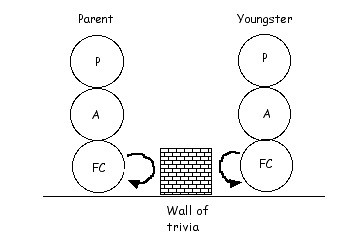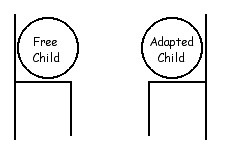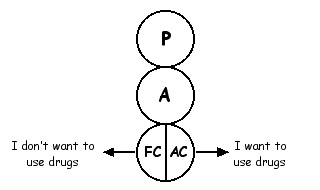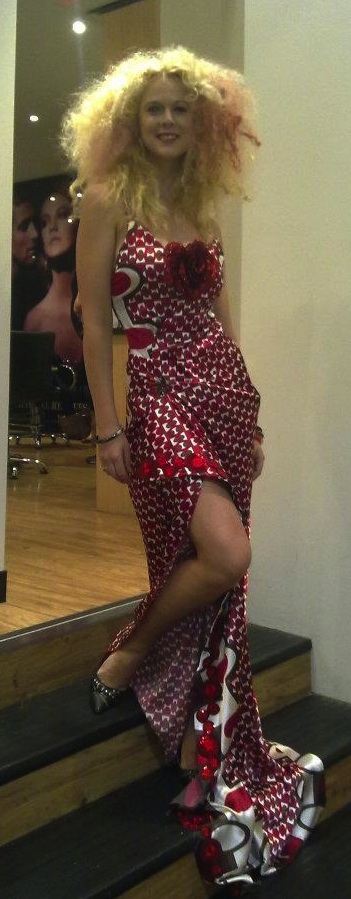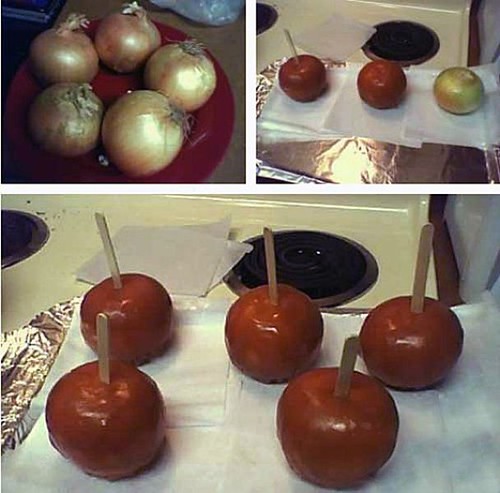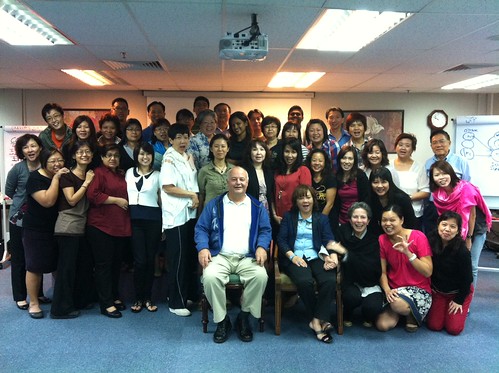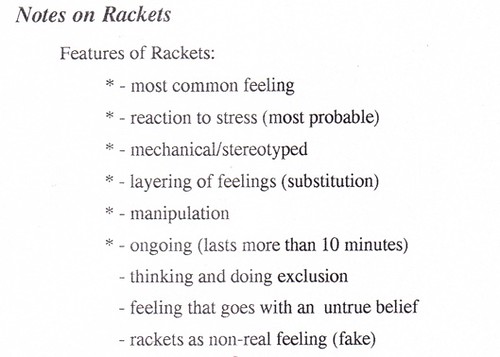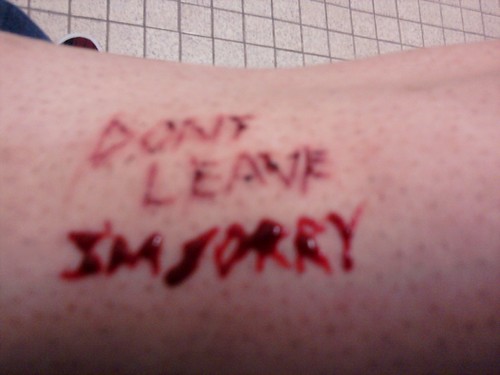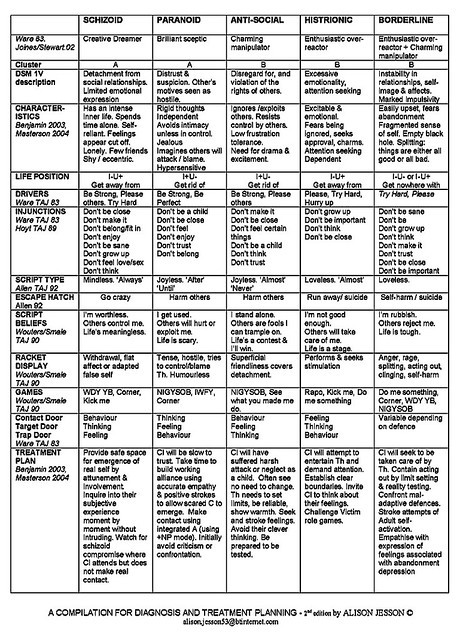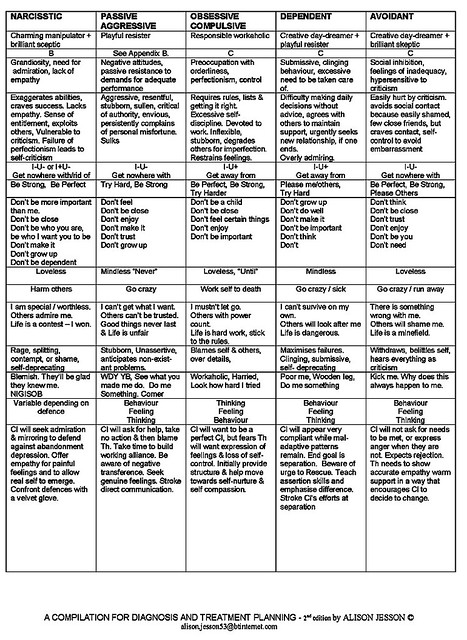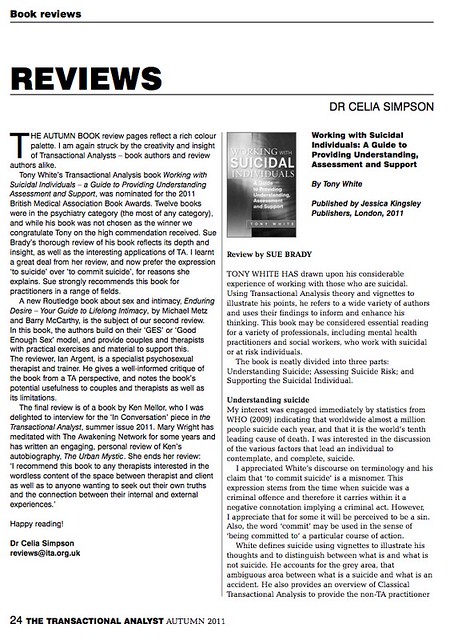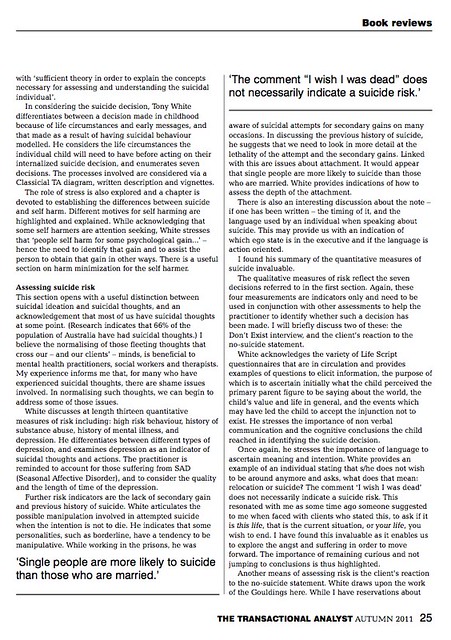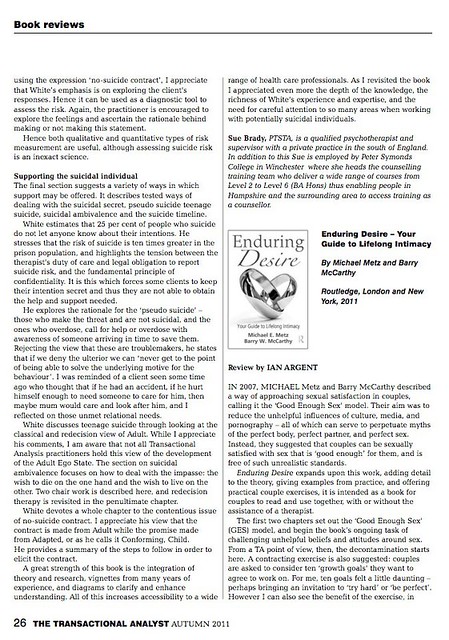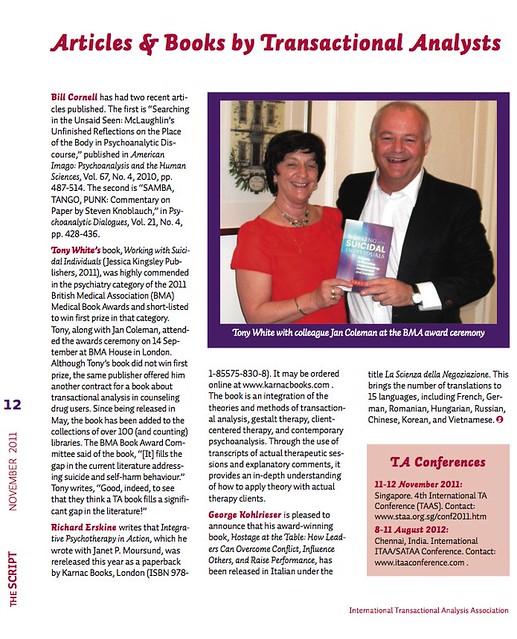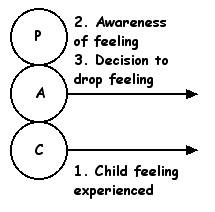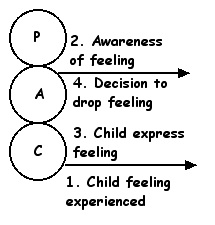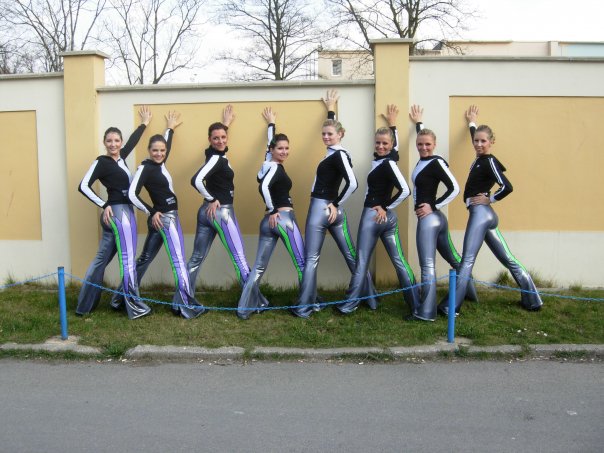It was similar to the first book. I treat my Free Child with great care which is a good thing really, therapeutic as well. I listen closely to it or more just follow its lead. I don’t push myself at all to write. I don’t have a schedule of writing. I need to be very careful of my rebellious side and not to engage it in this large writing project.

I must admit I do start to wonder a bit as a week goes by and nothing has been written. But I sit back and let the FC take charge. I suppose I am trusting it a bit more as I know it will come back to the keyboard when ready. That happened last time and is happening this time.
Yesterday I mentioned this to someone and they asked if I had writers block. I don’t think so but then I don’t really know what writers block is. I didn’t feel blocked. It is more a feeling of I am taking very close care of that part of me and trusting it will do its stuff when ready.
Heroin overdose
One hears this term quite a lot but it is in fact somewhat of a misnomer.
Part of chapter 2
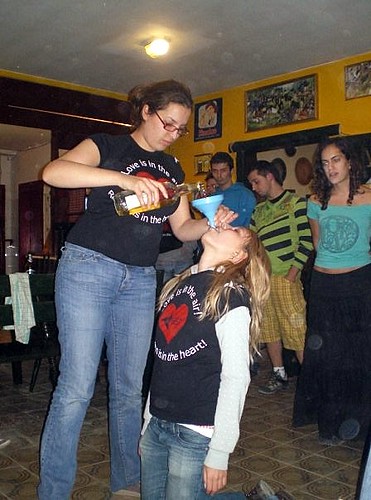
Poly drug use.
Anyone in the drug counselling field will come across the term poly drug use. This is seen to be the contrary of mono drug use. In real terms there would be very few mono drug users on the planet. The vast majority of people are poly drug users. If one has a wine during dinner and a cup of coffee at the end then they are a poly drug user using both alcohol and the stimulant caffeine. However the term poly drug use usually refers the use of illicit drugs maybe with alcohol at the one time. The person ingests a combination of drugs in the one session.
Where poly drug use assumes most importance is when considering the possibly of drug over dose. The drug counsellor needs to be cognizant with the effects of possible combinations of drugs. Over dose from one single drug is much less common that over dose from multiple drug consumption. One study of drug related over dose, Hickman et al (2006) found only one drug present in just eleven percent of deaths with the average being more than three drugs detected. The most common drugs found in over dose were heroin, cocaine, benzodiazepines, alcohol and methadone. The least common were amphetamines, ecstacy and cannabis. (Also see Newcombe and Woods (2010), McKenna (2002) and Giroud et al (1997))

As a matter of course any drug counsellor will enquire as to what drugs the client is using. They should specifically ask if the person uses heroin, cocaine, benzodiazepines, alcohol and/or methadone and in what combinations in any one drug taking session. If there is a combination used then the counsellor would obviously inform the client of the potential for over dose and look at ways by which the client can reduce the risk of a fatal over dose, such as not using alone and so forth.
(end quote)
As you can see it would be more correctly named as a poly drug overdose as only 11% of fatal overdoses result from the ingestion of one drug. 89% result from a combination of drugs taken. So how can you say which one was the fatal one or played the most part in the death? So heroin overdoses are rarely just heroin over doses.
This comes from chapter 5

Research study
Kerr, D., Dietze, P., Kelly, A. and Jolley, D.
“Improved response by peers after witnessed heroin overdose in Melbourne”. Drug and Alcohol Review. 2009. 28, 327 - 330.
Heroin related over dose
Current IDU recruited at a needle and exchange programme (ie not recreational users)
61% had reported they over dosed after injecting heroin with the median being 3 times
84% reported witnessing an over dose with the median being 4.5 times
46% reported witnessing an overdose in the last 6 months
These figures show that these people are really living on the edge of self destruction. To go that close to death that often would strongly suggest some suicidal or self destructive urges play a part in what they do.
It should be noted that the subjects in this study would be the dependent drug users and not the recreational heroin users because of how they were recruited for the research.
Graffiti






